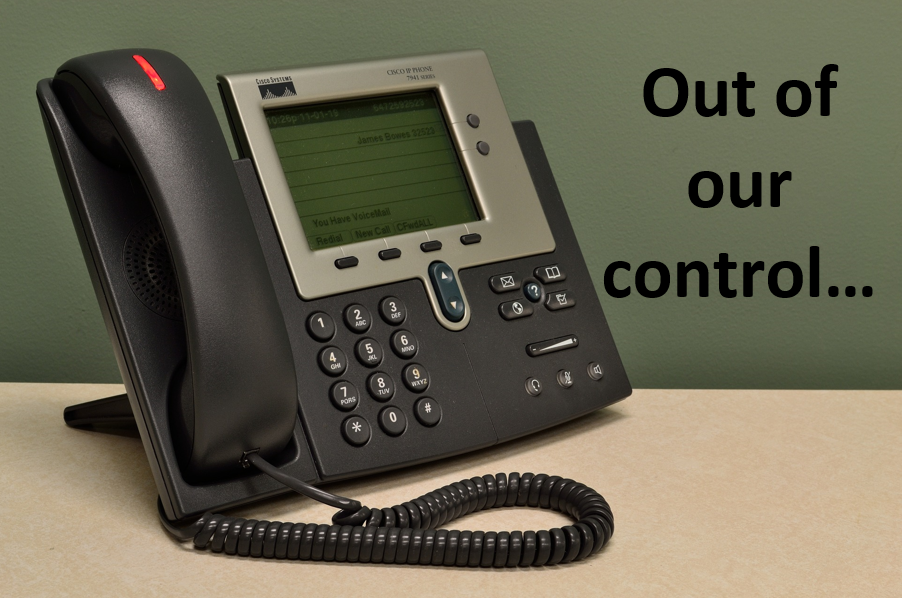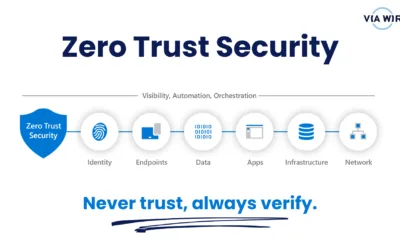
When our customers have a problem they can either email our help system so their problem is tracked or they can phone us (and then we put it into the system to ensure it’s tracked), depending how urgent the problem is.
The challenge is that when something serious goes wrong people don’t stop to do any investigation. We just get a call with a severely stressed individual telling us
“The whole phone system is down, when can you fix it?”
“We can’t get online, the broadband has gone – we can’t work without it!”
Sometimes the problem is easy to solve, but first we need to know more about the issue before we can do anything to help.
One company who had a VoIP phone system told us the phone system had ‘died’, but actually it hadn’t completely keeled over, they were still able to make internal calls OK. It was just Incoming calls that weren’t connecting. That was valuable information as it established that the system itself was working, but the server carrying the calls wasn’t working.
As we install the system, but use external suppliers to provide the connections this told us that the problem was with the supplier. A phone call to the supplier soon got things back on track.
Similarly, when the broadband ‘goes down’ we’re going to ask a few questions to find out whether there’s something we can do to fix it or if it’s out of our control and we have to talk to a third party (our supplier).
That means that part of our job is to talk customers through a fault finding process to get faster results. If we know where to start looking, it’s going to make getting things up and running a lot quicker.
The interesting part is that when we’re talking the customer through the diagnostic process, they calm down and are reassured that normal service will soon be resumed!



0 Comments